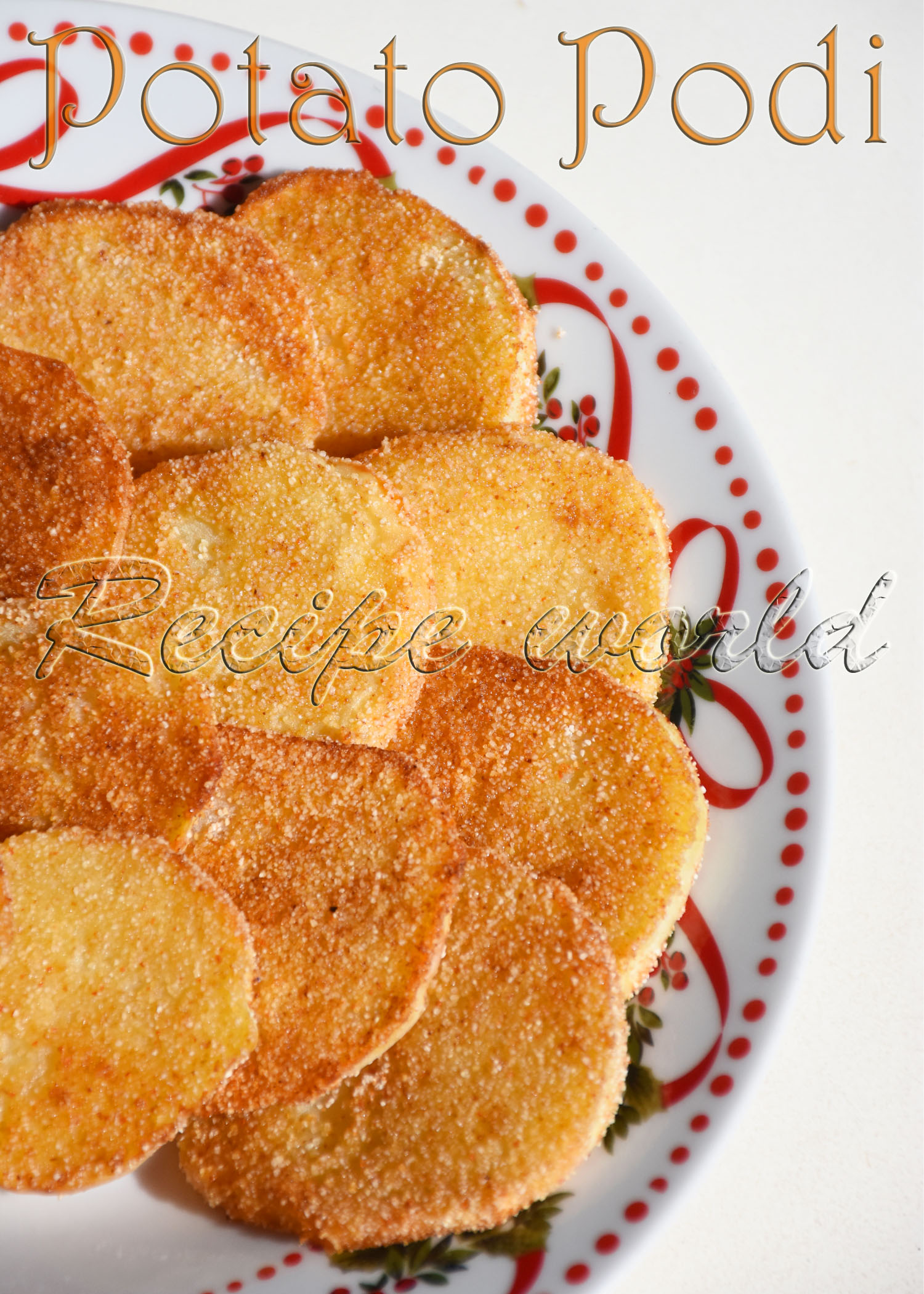Appehuli is a special variety of curry or rasam which is prepared mainly in Western Ghats of Karnataka. This curry is mainly prepared in Havyaka Brahmin households and hence, the name 'Havyaka' is very much associated with 'Appehuli'. Appehuli is served as a side dish with rice. Some people love to drink it as Soup too.
Nicely aromatic raw mangoes are perfect for preparing Appehuli. Apart from raw mango, sour fruits and veggies like Kanchikayi (Kaffir lime), lime, lemon, Star fruit, raw / ripe tamarind, etc. are all good to prepare Appehuli.
Today, I am sharing the procedure of preparing Tamarind Appehuli. Ripe tamarind which is a bit sweet and sour in taste is good for preparing this Appehuli.
Preparation time: 15 minutes
Difficulty level: Easy
Serves: 5 - 6
Ingredients:
- Ripen tamarind - 2 tbsp
- Water - 1 1/4 cup
- Salt - 1 tsp or to taste
- Sugar - 1 tbsp or to taste
- Oil - 2 tsp
- Dry red chilli - 1 inch piece
- Sesame seeds - 3/4 tsp
- Asafoetida / hing - a pinch
- Turmeric powder - a pinch
- Green chilli - 1
- Curry leaves - 5 or 6
- Crushed garlic - 1 tsp
Method:
- Take the tamarind in a small bowl. Add enough water to cover it and soak for 10 minutes. Soaking in warm water will quicken the process.
- Squeeze the tamarind and collect the pulp. Add little more water and prepare 1 cup of tamarind water. Adjust the sourness according to your taste.
- Add salt and sugar according to taste. This Appehuli tastes good with sweet - sour taste.
- Heat oil in a small wok. Add dry red chilli, sesame seeds and a pinch of hing.
- Once the sesame seeds start crackling, add a pinch of turmeric powder, green chilli pieces and curry leaves. Sauté it for a while and add crushed garlic.
- Turn off the flame once the garlic becomes aromatic and add this seasoning to the tamarind water.
- Crush the chillies and crunchy curry leaves to enhance the taste.
- That's all, tasty Appehuli is ready to go with hot rice!



















